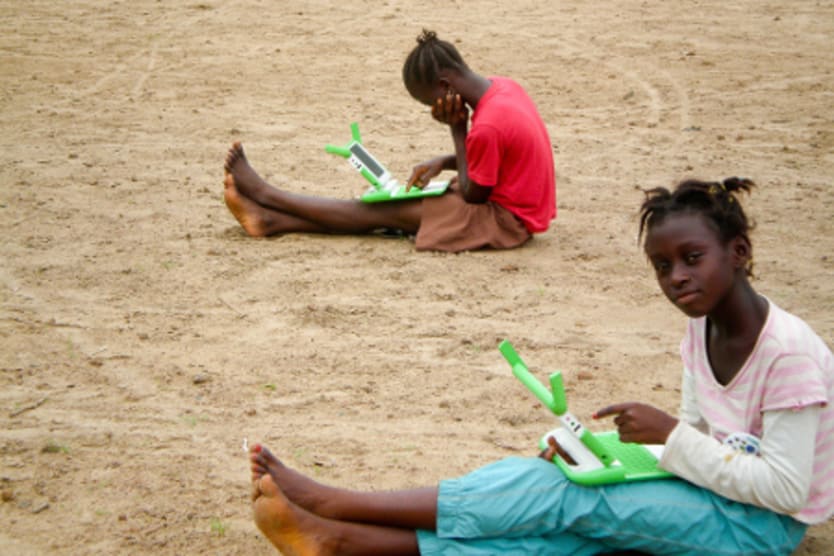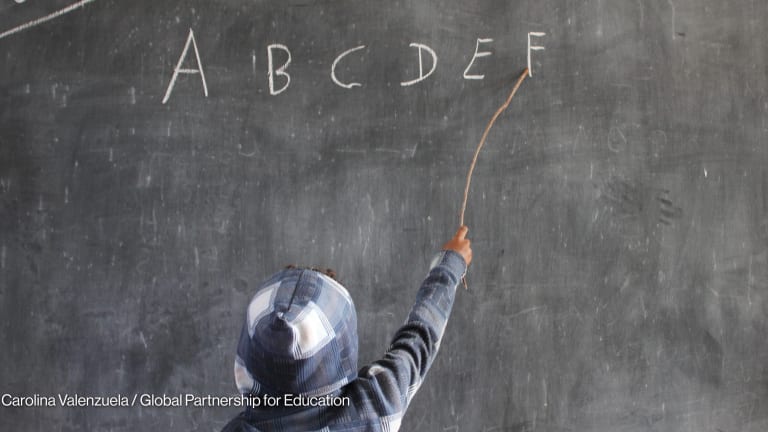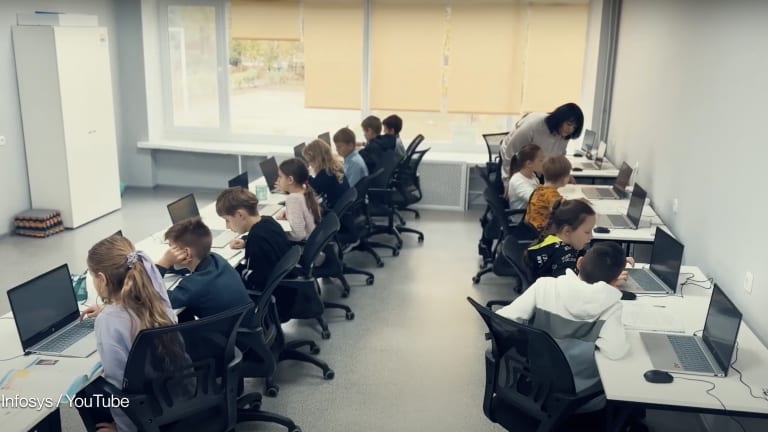
Technology, as a driver of educational reform in developing countries, has seen many false dawns.
The Internet today provides access to a wealth of resources, yet most centers of education – especially in Africa – still suffer from acute bandwidth constraints, and teaching staff struggle to identify resources that are both relevant and available.
Likewise, devices of one kind or another have been heralded as step changes in the way students learn, yet the right combination of functionality and affordability has so far been elusive – until now.
In October 2011, the Indian government launched a seven-inch tablet computer called the Aakash at a price of US$35, or $65 before subsidy. By all accounts, the device was not perfect, but it went a long way in satisfying the functionality and affordability requirements. Also, the Canadian producer Datawind is bringing out a new version in April at the same price, and it has a suite of other tablet computers under the brand name Ubislate, all at prices of less than $100.
As a result, the vision of “one student, one computer” is likely to be realized in the shorter term, and developing country governments will be able to place e-learning at the heart of their education strategies.
But will they?
The reality is that old habits die hard, and the spread of high-speed Internet is uneven, especially in countries with low per-capita income. Moreover, affordable access to eBooks, and the availability of relevant, high-quality, open education resources continues to be a constraint – although this, too, is changing as the publishing industry adjusts to new technologies and universities encourage the development of OERs.
So, what is needed to accelerate the process, and provide students with a better and more relevant education, especially at the tertiary level? This was among the questions posed at the Emerging Markets Symposium, an initiative organized by Oxford University that earlier this year brought together former government ministers, senior academics and other specialists from emerging market countries, all of whom had a mutual interest in tertiary education.
The answers were multifaceted and they are contained in a set of findings and recommendations that will be of considerable interest to governments, international agencies and other organizations that share a responsibility for educational policymaking. Among the most critical, in my opinion, are:
A recognition that needs and capacities are asymmetrical and, in many cases, they require urgent re-evaluation. For example, countries with inadequate Internet access and a deficit of qualified teachers and health workers should not only improve connectivity, but also emphasize in-service distance education and downloadable resources in the meantime.
The importance of equality of opportunity, which requires universal access to quality education and training and, in turn, the prioritization of teacher education, widespread ownership of low-cost computers, and affordable access to relevant educational resources.
The need to realign curricula more closely with a country’s needs, and to redesign curricula and pedagogy with new technologies firmly in mind.
These and other initiatives need to be undertaken – and funded – as a matter of urgency, to improve the prospects of young men and women engaging in decent and productive work, and thereby to relieve the poverty and deprivation that is still prevalent in so many parts of the world.
Read more:
Read more development aid news online, and subscribe to The Development Newswire to receive top international development headlines from the world’s leading donors, news sources and opinion leaders – emailed to you FREE every business day.








